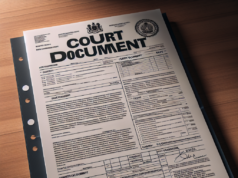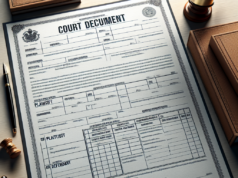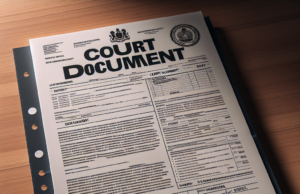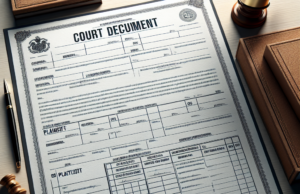
MONTANA DIVORCE LAWS & REGULATIONS UPDATE 2023
A DECADE OF EVOLUTION: AN OVERVIEW OF MONTANA DIVORCE LAWS AND REGULATIONS TIMELINE (2013-2023)
Over the past ten years, Montana’s divorce laws and regulations have undergone significant changes aimed at modernizing family law, promoting fairness, and prioritizing the well-being of individuals navigating divorce proceedings. From property division to child custody, these changes underscore Montana’s commitment to addressing evolving family dynamics. This article provides an overview of key amendments in Montana’s divorce laws and regulations from 2013 to 2023, grouped by the year of implementation.
2013: No-Fault Divorce Embrace
– Simplification of the process for obtaining a no-fault divorce, eliminating unnecessary complexities.
2014: Property Division Guidelines
– Adoption of guidelines for equitable distribution of marital property, ensuring fair asset allocation.
2015: Child Custody Focus
– Focus on the best interests of the child when determining custody arrangements.
2016: Spousal Support Factors
– Introduction of factors considered when awarding spousal support, including financial circumstances.
2017: Digital Documentation Adoption
– Incorporation of digital documentation and electronic filing options to enhance efficiency.
2018: Comprehensive Parenting Plans
– Emphasis on comprehensive parenting plans outlining custody, visitation, and child support arrangements.
2019: Child Support Review
– Periodic review and potential adjustment of child support guidelines to reflect economic changes.
2020: Collaborative Divorce Promotion
– Promotion of collaborative divorce as an alternative dispute resolution method, reducing adversarial processes.
2021: Domestic Violence Protections
– Strengthening provisions to protect victims of domestic violence during divorce proceedings.
2022: High-Asset Divorce Guidelines
– Exploration of guidelines for divorces involving intricate financial portfolios.
2023: Online Divorce Filing
– Introduction of online divorce filing options to enhance accessibility and convenience.
Montana’s commitment to updating its divorce laws underscores its dedication to providing a supportive legal environment for families in transition. By adapting to changing family dynamics and safeguarding the interests of all parties involved, Montana continues to ensure justice and fairness in its legal processes.
A brief guide to divorce in Montana
Couples who wish to separate in Montana should keep the following in mind:
Montana state divorce laws
Montana’s technical name for divorce is “dissolution of marriage.” To apply for divorce in Montana, one person in the relationship must have been a resident of the state for at least 90 days before filing a petition for divorce. If children under the age of 18 are involved, you must be a resident for at least six months before filing for divorce.
Grounds for divorce
Couples must demonstrate that the marriage is beyond the point of repair to be granted a divorce in Montana. This can be proven either by showing the couple have been living apart for 180 days or more or by proving that there is serious discord within the relationship.
Legal separation
Couples uncertain if they wish to file for divorce in Montana may apply for legal separation. This is a binding agreement resolving terms of child support, alimony and other considerations while the couple lives separately but remains married. After six months, if the couple wishes to divorce, the terms of the legal separation will be applied to their divorce.
Types of divorce
Couples who agree on all the terms of their separation can file a joint petition for their dissolution of marriage. Spouses can contest the divorce but do not have consent to a divorce in Montana.
No fault divorce
Montana allows for no-fault divorce, meaning no wrongdoing by either spouse must be proven.
Steps in the divorce process
The Montana divorce process consists of three parts: filling a petition for the dissolution of marriage, notifying your spouse you are filing for divorce and appearing in the district court handling such cases in your area.
Spousal support
Couples filing a joint petition for dissolution of marriage can submit a written agreement of their plan. Otherwise, the terms of spousal support, including whether support will be permanent or temporary, will be determined by the judge hearing the case on the basis of:
• the financial resources of the person applying for support
• how much time the person seeking support needs for education or training to find employment
• the standard of living during the marriage
• the length of the marriage
• the age, mental and physical fitness of the person seeking support
• the ability of the spouse being asked to provide support
Child support
Factors taken into consideration by the court when awarding child support include the child’s age, whether day-care is needed and how much it costs, the parents’ and child’s financial resources, the child’s standard of living during the marriage and how much time each parent spends with the child. The final calculations are made by the state’s computer software programs.
Fathers’ and mothers’ rights
Mothers are awarded child custody by default in cases of divorce in Montana. Fathers must apply for custody and prove that they are better capable of taking care of the child.


























